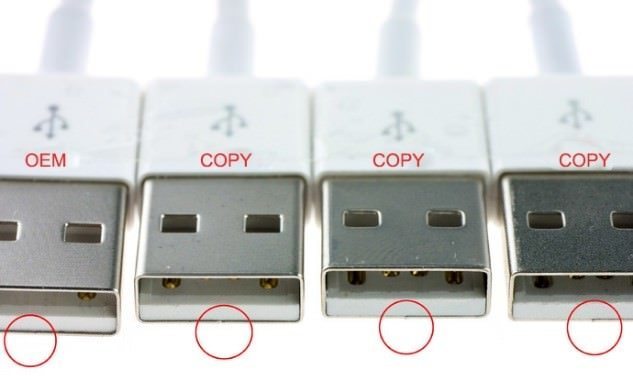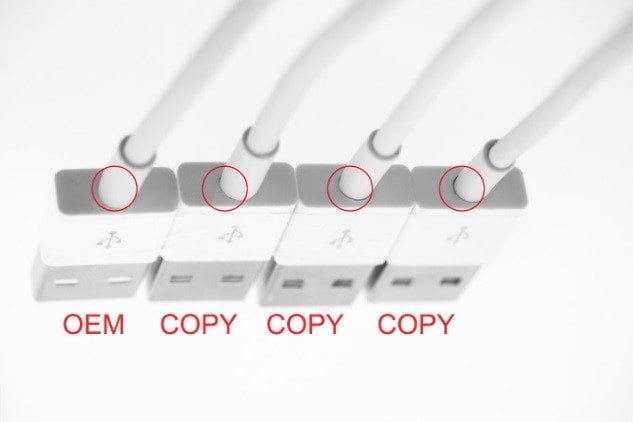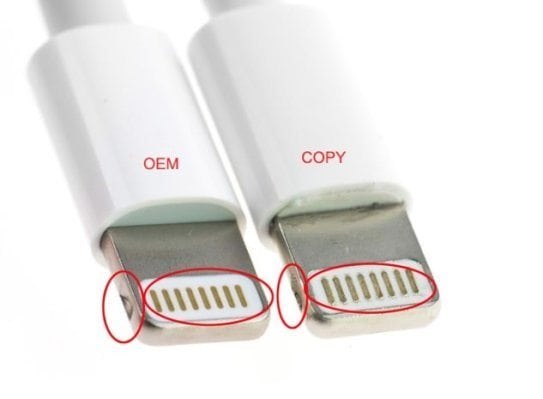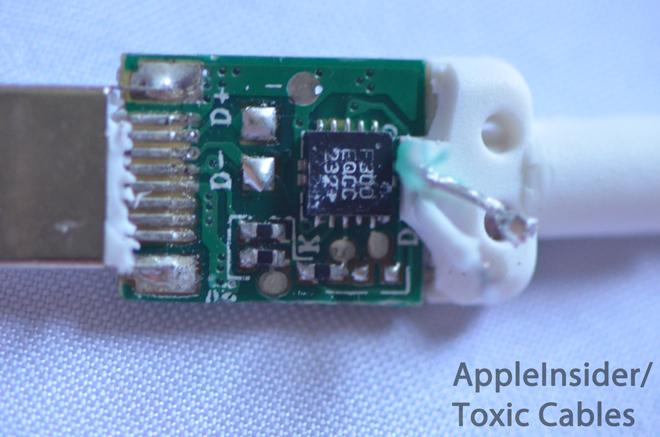New iPhone charger? Here’s how to recognize a counterfeit cable
New iPhone charger? Here’s how to recognize a counterfeit cable
Everyone who owns, or has ever owned, an iPhone, iPad or iPod has faced the same problem: a broken charger. The recognizable white cable that Apple supplies as standard usually does not have the same lifespan as the device itself. As a result, sooner or later you will have to buy a new charger. Apple’s certified cables are not cheap (at least compared to other providers) so chances are you’ll opt for a cheaper alternative. However, this can have unpleasant consequences for your device as well as your home.
We discuss the following topics:
- Three types of charging cables
- How do you recognize a fake charger?
- Transition to USB-C
- Where to buy a good iPhone charging cable
Three types of charging cables
We remain Dutch and if we can save a few euros we will. But this feature can cause your iDevice’s battery to not last long or even cause a fire in your home. But how do you know which cable to choose if you want to avoid this? To do this, we must distinguish between four types of cables:
- The first is the official Apple charger. It is available in the Apple Store or at an Apple reseller, but is thus the most expensive option. Of course, if you buy this cable, you don’t have to worry about your iPhone or your home.
- The second is the certified cable. These cables are not made by Apple itself but are approved by the tech giant. It works like this: cables made or approved by Apple have a certain chip built in. This chip causes the cable to stop providing power once your iPhone’s battery is at 100%, so the charging process does not affect your battery life. These cables are a cheaper alternative to the official iPhone cables, but do not yet have the retail price that we Dutch are so fond of.
- These types of charging cables are the ones that generally cost no more than a tenner. You can find them on websites such as Ali-Express, in the market or in stores such as Action. They look like normal chargers, often have a cheeky color and go over the counter for a price that will make many a cheesehead happy. The problem with these cables is that they do not have the Apple-certified chip, which increases the likelihood of misery.
- Finally, there are cables that look exactly the same as a real Apple charger, stating that it is an original charging cable, but sold for less than an original cord.
How do you recognize a fake charger?
It is not that every charger from categories 3 and 4 will necessarily cause an exploding iPhone and a bedroom fire. It could be that the counterfeit chip is good enough or that providers are just stunting official cables making it seem like they are in category 4.
There are some things you can do to check what kind of cable you are dealing with, though.
- The first indication is the moment you plug a cable into your phone. With accessories without an actual chip, your iPhone usually gives the message ‘This cable or accessory is not certified and may not work properly with this iPhone.’ This message should set off alarm bells and we recommend throwing the cable in the gray trash as soon as possible.
- The second indication is the appearance of the cable. As we have come to expect from Apple, everything they make is perfectly finished. This is often not the case with counterfeit cables, as evidenced by the examples below:

- The third indication is the inside of the cable. You do need some technical skills and knowledge for this, but when you open the cable you can quickly see whether it is made by Apple (or Apple-certified companies) or not. You see a lot of extra metal, no insulating tape and it often looks messy.
Source: AppleInsider
Transition to USB-C
Since the introduction of the iPhone 15 in 2023, Apple has switched from the Lightning connector to USB-C.
This means that new iPhones now come with a USB-C port, providing faster data transfer and charging. Unlike Lightning cables, which required Apple’s MFi certification, USB-C cables for iPhone 15 and newer are not subject to this certification.
This does not mean that all USB-C cables are equally good. It’s still important to choose cables from reliable brands that meet USB-C specifications to avoid damage or reduced performance.
Where to buy a good iPhone charging cable
So did you skimp on an iPhone charger and your battery has reached its end? Then stop by one of our locations and we will make sure that your device will function perfectly again with a new battery. And while you’re at it, buy one of our certified chargers ;).




